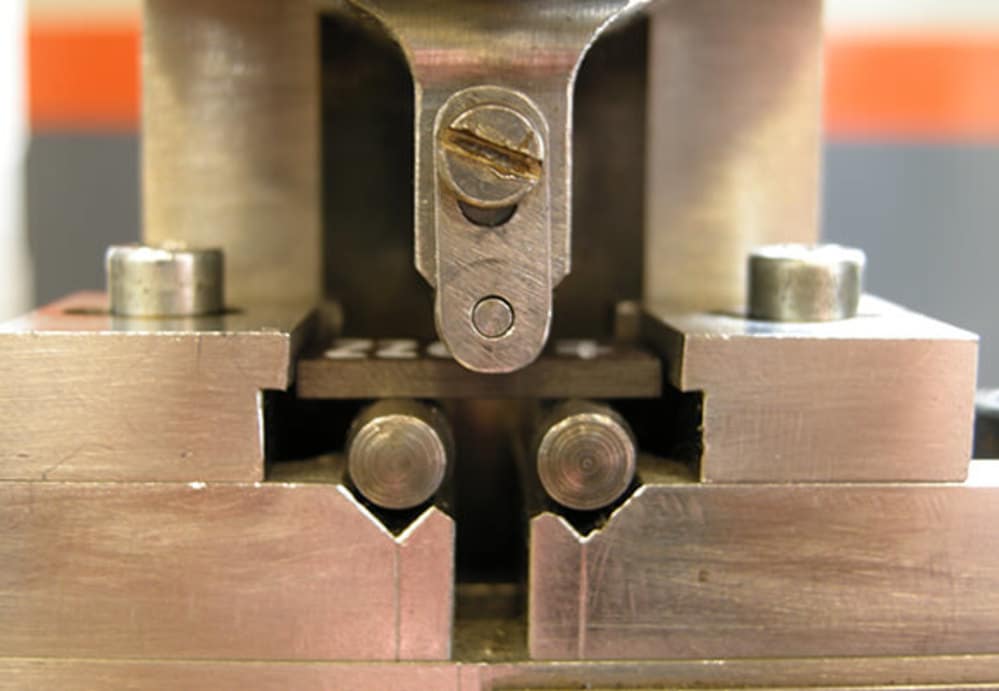Destructive testing is a very useful tool for obtaining information on the functional characteristics of a wide variety of materials. In this post we tell you what this technique is so common in industry and scientific research, what its principles are and when it is done.
What are destructive testing?
The destructive tests of materials are tests included within the branch of forensic engineering that are applied to different compounds to determine what their physical, chemical and mechanical properties are. The objective is to verify if they meet the necessary quality standards to guarantee their reliability.
Unlike non-destructive tests, destructive tests modify the properties, structure or geometry of the parts examined, generating damages such as deformations or breaks that invalidate them for later use. For this reason, the studies are carried out on a representative sample of the material called a test piece, which can have different shapes (sphere, cylinder, cube, etc.).
When are destructive testing of materials performed?
Different types of destructive tests are frequently applied in sectors where it is essential to know the characteristics of the materials precisely, such as construction, aeronautical engineering or the manufacture of all types of equipment.
In most cases, destructive tests are carried out on metallic compounds such as steel, but they are also carried out on other class of substances such as concrete. They are usually carried out in chemical or physical laboratories for the following purposes:
- Check that the materials meet the basic quality requirements before incorporating them into the production chain.
- Define the properties and composition of materials to establish what functions they can perform and calculate their useful life.
- Perform quality controls of the structures during the manufacturing processes.
- Compare different materials and choose the most suitable for each application.
- Verify the reliability of welds and adhesives between different parts.
- Review the characteristics of the materials periodically to verify that they are kept in good condition.
- Analyze failures to discover why they occurred and prevent future accidents.
- Design new materials with optimized manufacturing processes to offer better performance for a longer time.
Types of destructive testing
Destructive testing of materials aims to simulate the conditions that samples must withstand in real life. Depending on the property to be analyzed, several modalities can be distinguished:
Chemical destructive tests
In this type of tests, procedures are developed such as chemical analysis of components or corrosion tests, in which the degradation of metals by oxidation (transfer of electrical charge) is estimated when they come into contact with environmental agents such as air, humidity or polluting gases present in cities.
Physical destructive tests
They are the destructive tests of materials in which physical phenomena such as heat, light or electricity are applied. The purpose is to carry out the measurement of variables such as the melting and boiling point, the degree of thermal and electrical conductivity or the level of magnetism.
Mechanical destructive testing
These are tests in which the specimen is subjected to forces of a mechanical nature of a certain load. They include a wide range of experiments, such as fatigue, hardness, breakage, resilience, compression, traction, torsion or bending tests.
Whatever their nature, the different types of destructive tests fulfill a basic function in any engineering work: to ensure the reliability of the materials that are going to be used to build structures, be they architectural, automotive, naval or of any other kind. Hence the importance of professional execution, following the protocols of action set by the ISO regulations for each area.
If you are interested in receiving more information about destructive tests and other types of tests related to the materials industry, we recommend that you continue visiting our blog.





